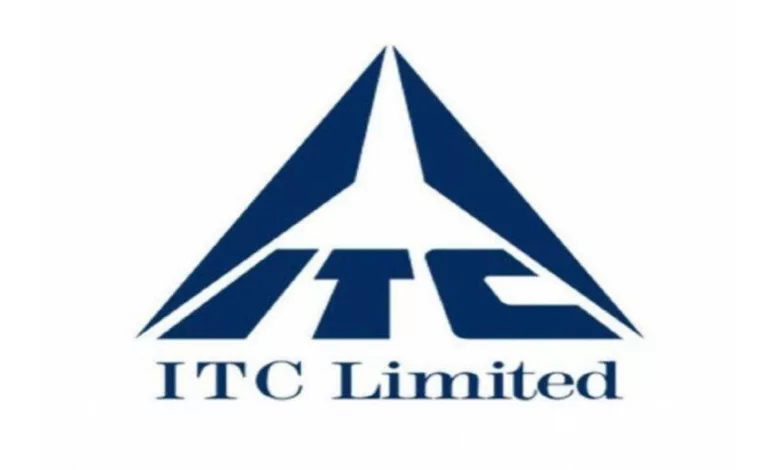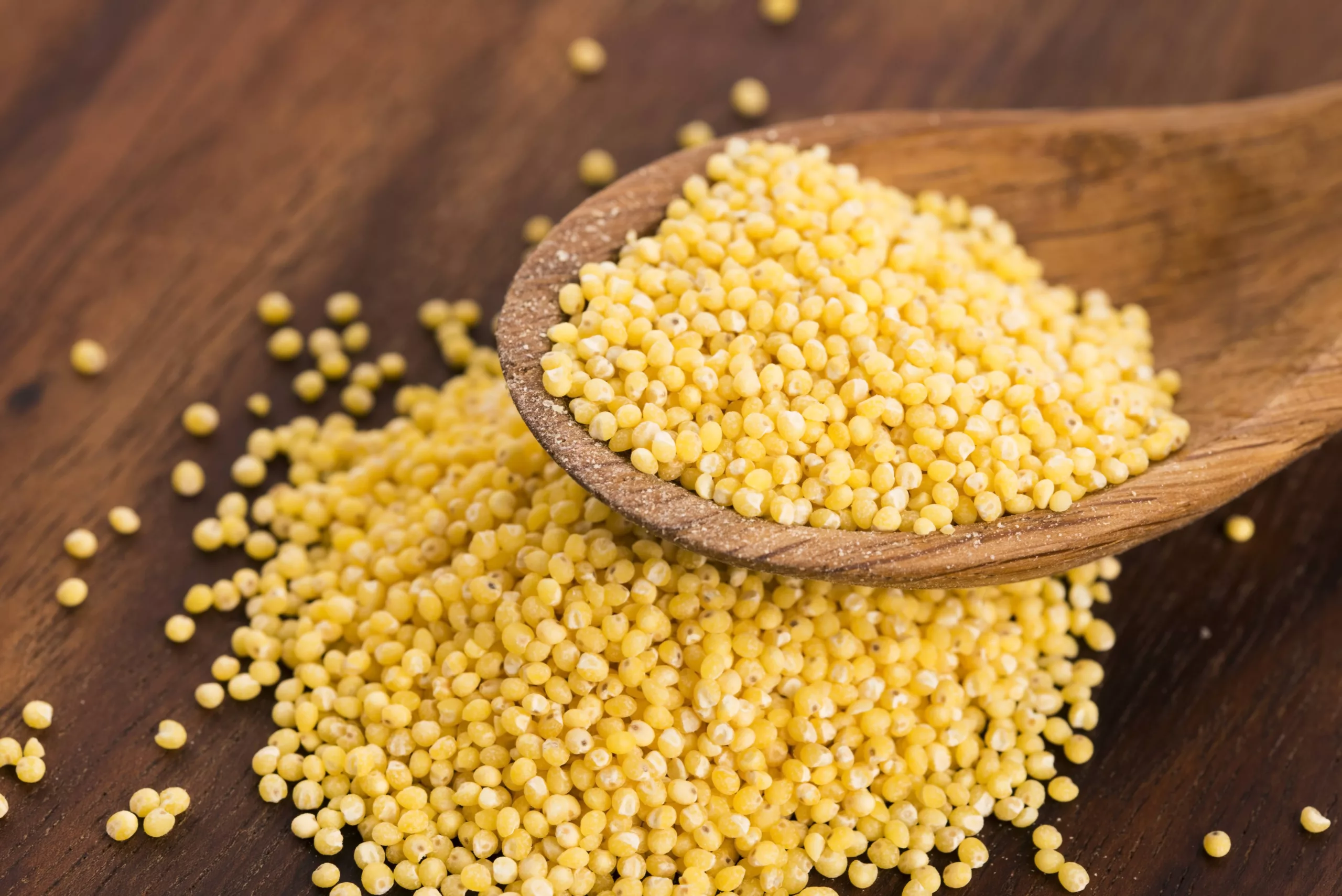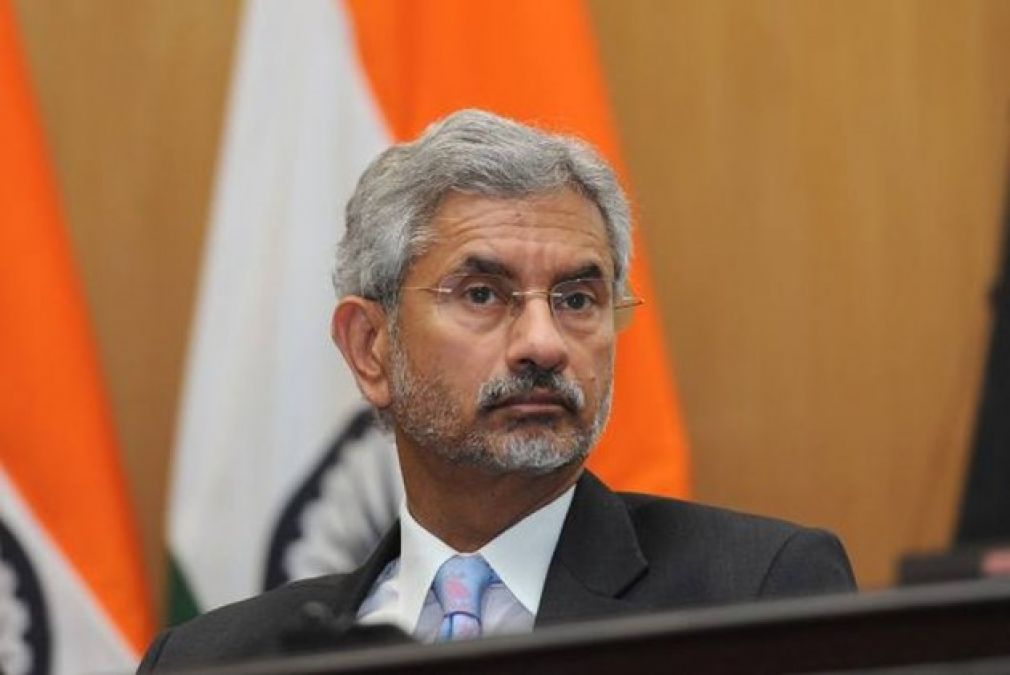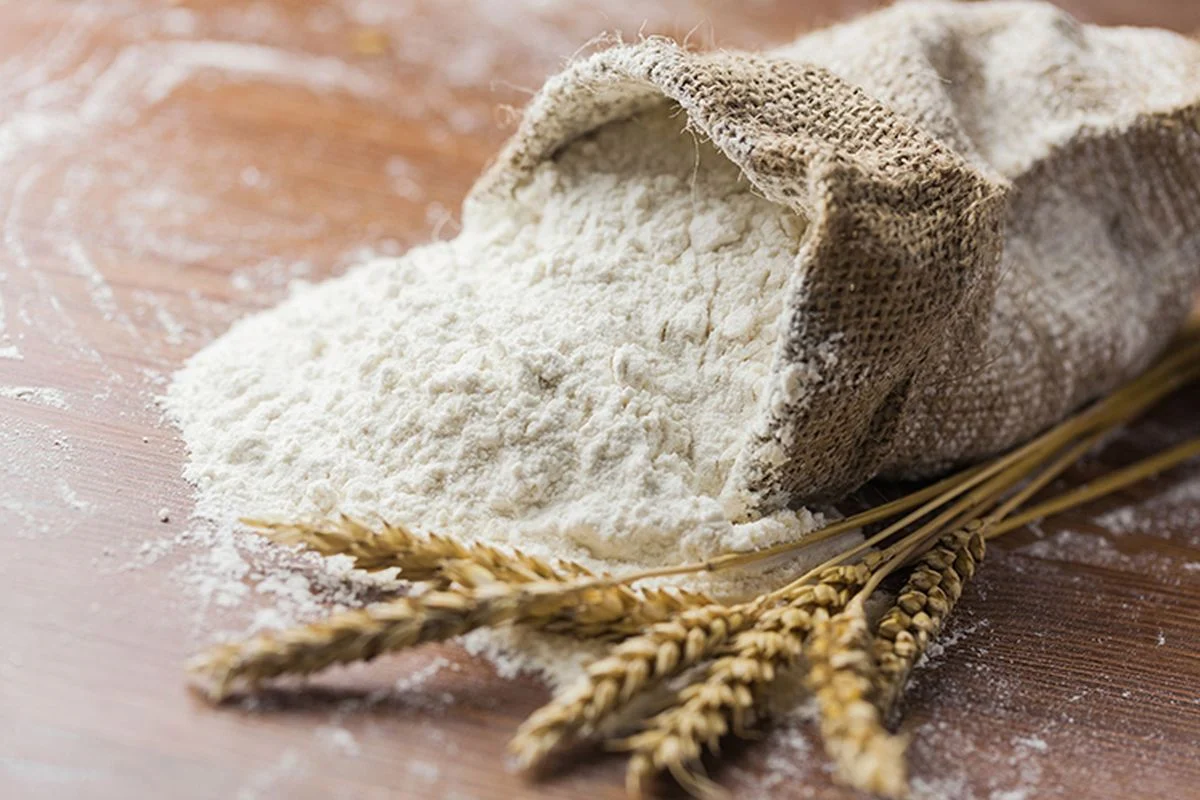Millets to be introduced in packaged foods in 2023: says ITC

ITC Ltd. has taken the initiative to introduce millets in most of its packaged food products and has even initiated millet-based recipes in the chain of its restaurants. An effort has been taken to make it a mainstream cereal like wheat and rice. It has been stated by the chairman and managing director, Sanjiv Puri.
The decision has been taken as a part of the group’s Mission millet strategy, which would be a branding effort in all the dishes with millets. The company has further stated that they will add millet as an additive or start 100 percent millet products like snacks, confectionary, cereals, ready-to-eat snacks, biscuits, and many such products.
Puri has talked about it to the reporters that the potential for introducing millet is massive.
It could be an opportunity for 80 percent of the addressable companies in which ITC operates. It is a new sector right now, and it depends on how the major players and start-ups create an atmosphere with the help of the government. It has the capability to become mainstream and can be a substitute for rice and wheat.
The millet-based products will be launched in regular and premium price ranges. It has been mentioned by the ITC’s divisional chief executive of foods and business. He has even added that these products are being sold at premium or super-premium costs. He has further stated that when the company adds millet to an existing product, the products will be the same. However, when the products would be made 100 percent by millet, the pricing will be increased and shift to a premium price.

Malik has stated that 2023 is an international year of millets. An enormous scope of potential lies in the international locations, and they will export several products. The company will assist in developing demonstrations of farmers and provide them with the necessary training in growing millets over 7000 acres, and the production will depend on the increase in consumption.
He has made it evident that ITC will take the step to empower, educate and encourage the farmers for the cultivation of millet by advertising the products and developing the taste. The entry of millet-based food products is a strategy, being looked into by Puri, and it will help to scale up mega brands, drive consumption and build adjacent markets, which will develop in the future.
ITC’s initiatives could be a leader in the Indian Government’s national promotional activities. External Affairs minister S Jaishankar has stated that millets are a healthier source of options than rice and wheat. It provides a different value of composition when people are worrying about acute food shortages.

He has stated that millet cultivation in India could be a solution to meet food security worldwide. He has further stated that cultivation is eco-friendly. The cereal requires less water and is much more carbon friendly. It was the most prevalent crop in India. It got displaced by other cereals.
When the world is overcoming the problem of food shortage, its cultivation can be of a different value. Cereals are considered to be the first crops that are domesticated in India and are consumed since the Indus valley civilization. They are the traditional food for more than a billion people across the world. It is cultivated in more than 130 countries.
He has further added that many countries, including Asia, Africa, and other parts of the world can cultivate it.
Millets are kharif crops in India; thus, they need less water and agricultural input than other cereals of the same kind. They can increase livelihoods, farmer’s revenue, and nutrition security around the world.
They align with the U.N Sustainable Development Goals. As a result, India has started prioritizing the cultivation of millet. They were reintroduced as Nutri cereals in 2018 and declared as the national year of their cultivation.
The global market has been predicted to register a CAGR of 4.5 percent within the next years.
Millets: a solution to India’s wheat shortage problem

In India, the prospect of cultivation of such kinds of cereals is huge. In East India, there is no open market for wheat. Since the government stopped allocating wheat under Prime Minister Garib Kalyan Anna Yojana, there has been a rise in demand on the open market. Gujarat supplied wheat to Uttar Pradesh, the biggest wheat producer wheat.
One must doubt the production numbers since the supply problems with rice and cereal will last longer. According to consumer affairs, wheat prices have risen from the minimum support price and are now 15.76 percent higher than they were a year ago. According to trade sources, the cost of food grains may continue to rise, which would push up retail prices.
In such a situation, shifting to another option is crucial for India.
Edited by Prakriti Arora




